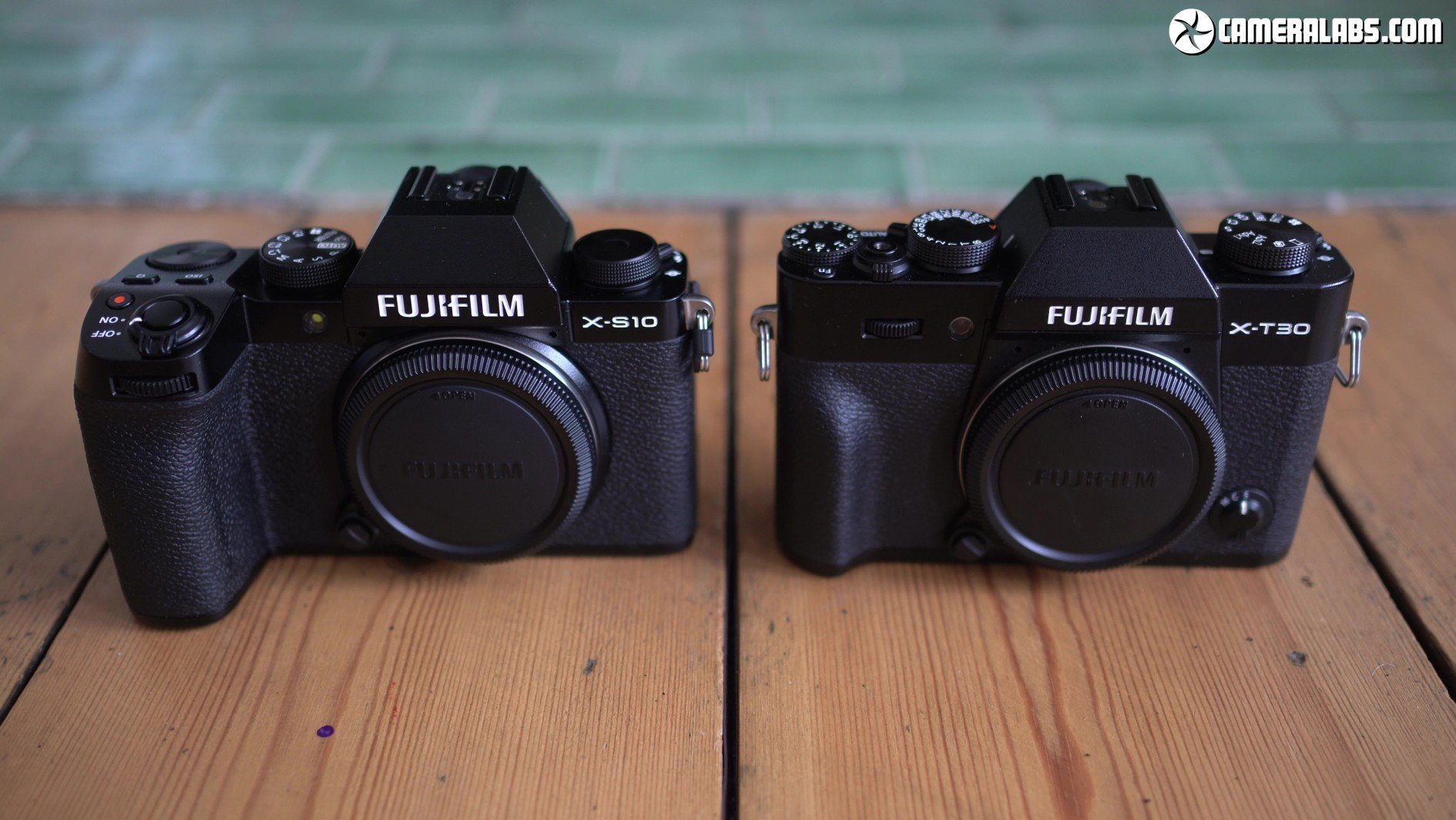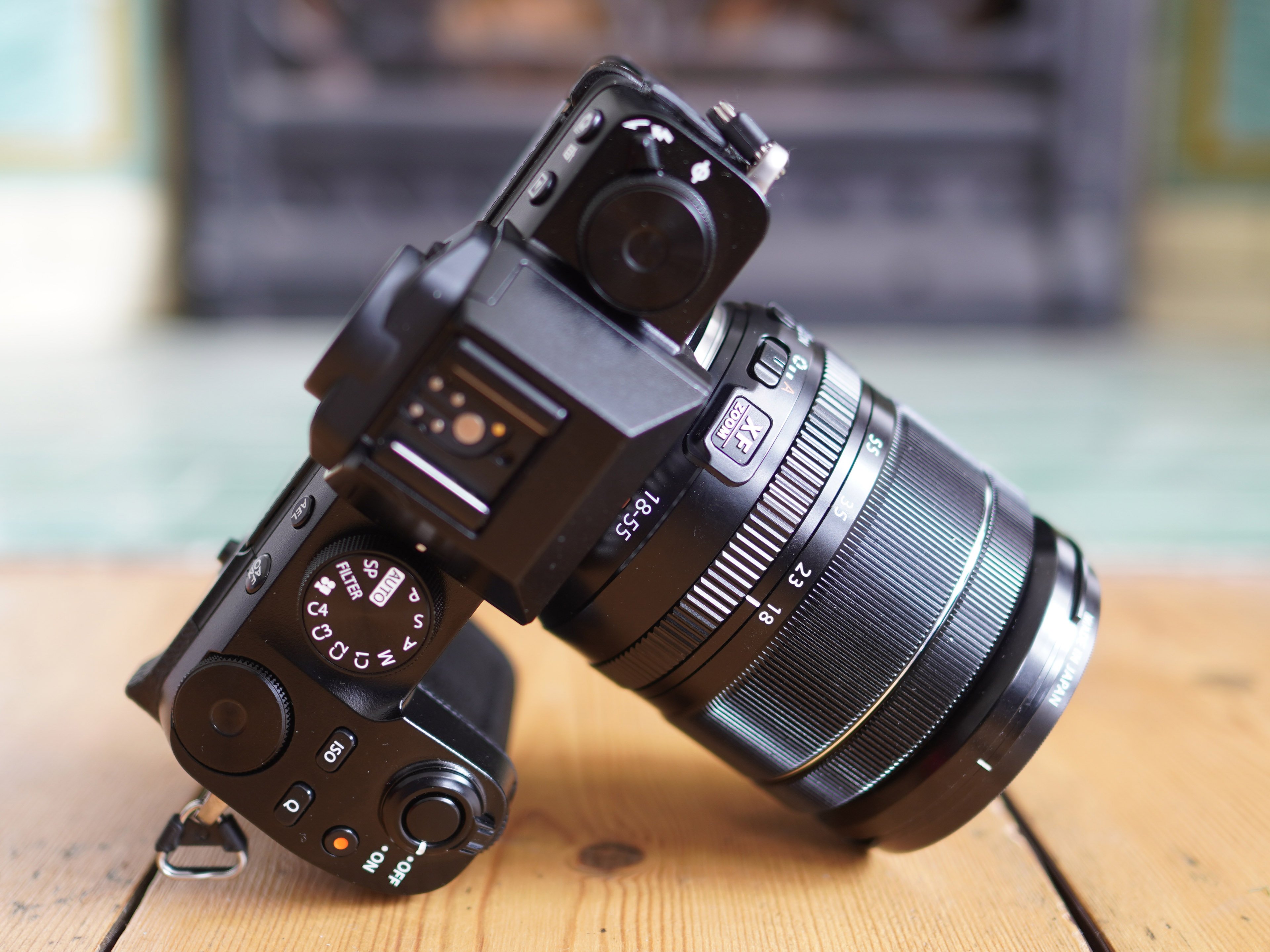

Nicely implemented in-camera raw conversion allows you to apply any of these looks to your images retrospectively after shooting, too. Monochrome users aren’t overlooked, either, thanks to the excellent Acros option.
Fujifilm xs10 full frame pro#
These provide a good array of attractive colour looks, ranging from the muted, portrait friendly Pro Neg Std to the vivid, but not excessively in-your-face Velvia. One of the biggest attractions of buying into the X system is Fujifilm’s peerless colour science, which is delivered via its Film Simulation settings. The camera uses Fujifilm’s standard NP-W126 battery, which shares a compartment with the SD card.

As always though, this comes with some risk of rolling shutter artefacts such as image distortion and banding under artificial light, so should be used with caution.
Fujifilm xs10 full frame iso#
The specification is impressive: its standard sensitivity range of ISO 160-25,600 is expandable to ISO 80-51,200, while shutter speeds range from 15min to 1/4000sec with the mechanical shutter, or up to 1/32,000sec with the silent electronic shutter. By recent Fujifilm standards, the technology in the X-S10 is a step behind, though in comparison with APS-C mirrorless cameras from other brands, it still hold up very well indeed. Fujifilm has, however, made some considerable strides since the X-S10 was launched, introducing a high-speed 26MP stacked sensor in the X-H2S and a new 40MP sensor in the X-H2 and X-T5. With a 26.2MP X-Trans CMOS 4 sensor and X-Processor 4, the X-S10 is built around the same imaging hardware as many other Fujifilm cameras made at the same time. I’d skip the 15-45mm powerzoom, which is infuriating to use, and go with one of the nicer lenses instead, with the choice depending on your budget, and whether you prefer a larger aperture or an extended zoom range. Three lens kits are available, including the low cost XC 15-45mm F3.5-5.6 OIS PZ, the XF 18-55mm F2.8-4 R LM OIS or or the XF 16-80mm F4 R OIS WR. The X-S10 is considerably more affordable than the Fujifilm X-T4, X-T5 further up the range, and the professionally orientated Fujifilm X-H2S and X-H2. The X-S10 (left) is considerably more compact than the X-T4. On this basis, Fujifilm’s X-S10 came as a real surprise, instead looking more like a miniature version of a Canon or Nikon DSLR. Its flagship X-T4 and X-T5 have a top-plate that’s festooned with analogue dials and switches, giving direct access to almost every important setting, while the more junior X-T30 II adopts a sensible subset of these controls. Over the past decade, Fujifilm has built up a loyal following for its charismatic X-series cameras, with a brand identity that’s all about retro design. Unlike rival APS-C mirrorless cameras from Canon and Nikon, it’s backed up by an extensive lens range too – see our guide to the best Fujifilm X-mount lenses for more.

The price alone makes the Fujifilm X-S10 worth considering as one of the best cameras for beginners, and its specifications qualify it as one of the best mirrorless cameras all round, certainly for enthusiast photographers. Indeed, with the older X-T30 II and X-E4 now looking quite hard to get, the X-S10 looks more and more like the best entry point to the Fujifilm X-mount camera system today. The Fujifilm X-S10 is one of the most affordable cameras in the Fujifilm X-mount range, but surprisingly well specified, with lots to appeal to both beginners and enthusiast photographers.


 0 kommentar(er)
0 kommentar(er)
